How Does India-China Tension Benefit Nepal?
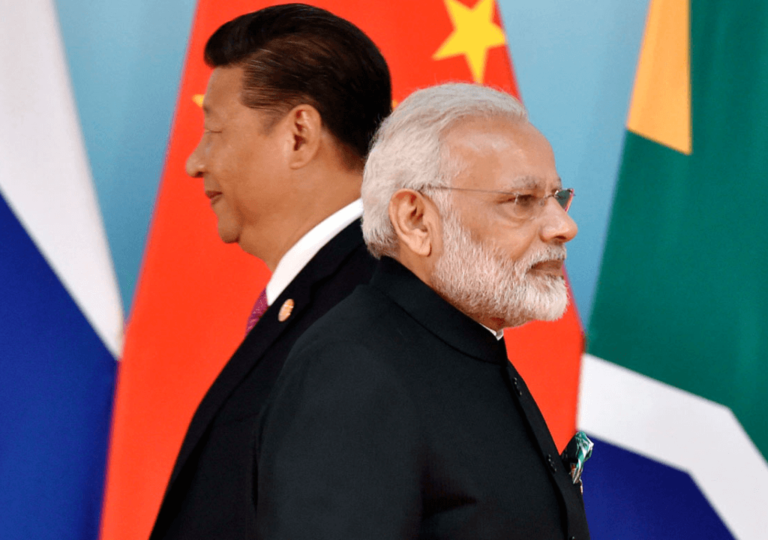
Geopolitical tensions between superpowers impact smaller nations like Nepal, caught between India and China.

Geopolitical tensions between superpowers impact smaller nations like Nepal, caught between India and China.
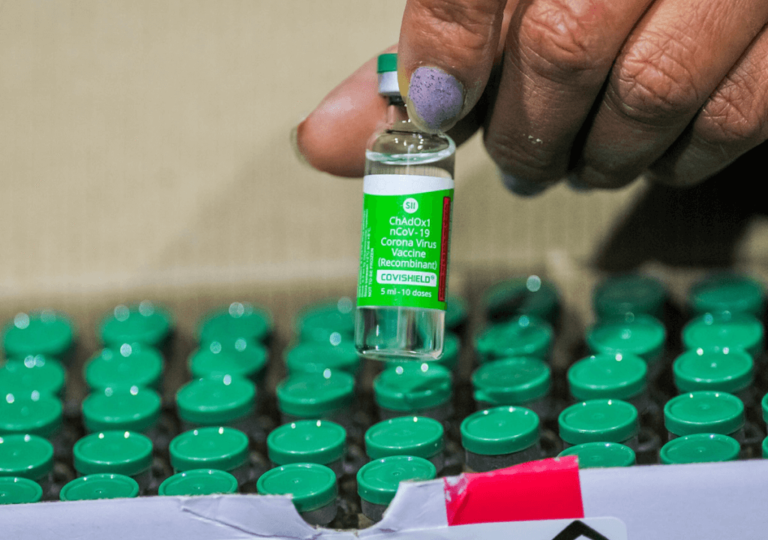
India's successful COVID-19 vaccination drive under Modi faced challenges with vaccine side effects, impacting his political future.
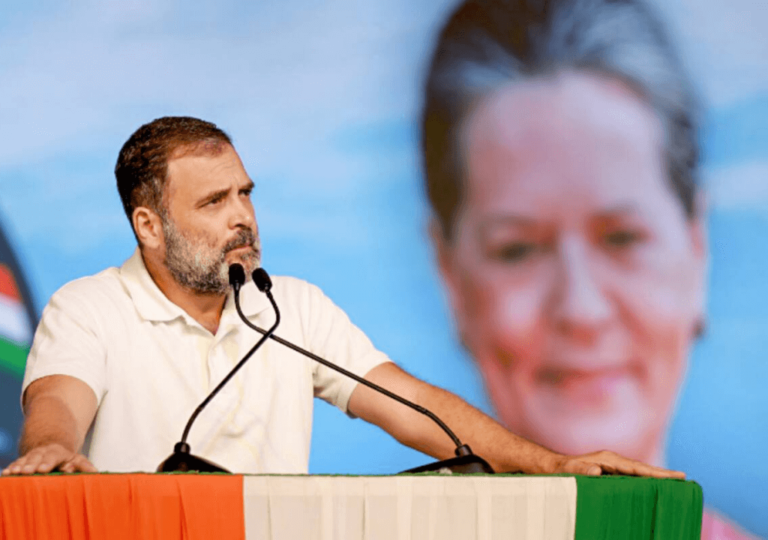
Opposition parties now advocate for a return to caste politics, led by Rahul Gandhi calling for a caste census to counter Modi's dominance.
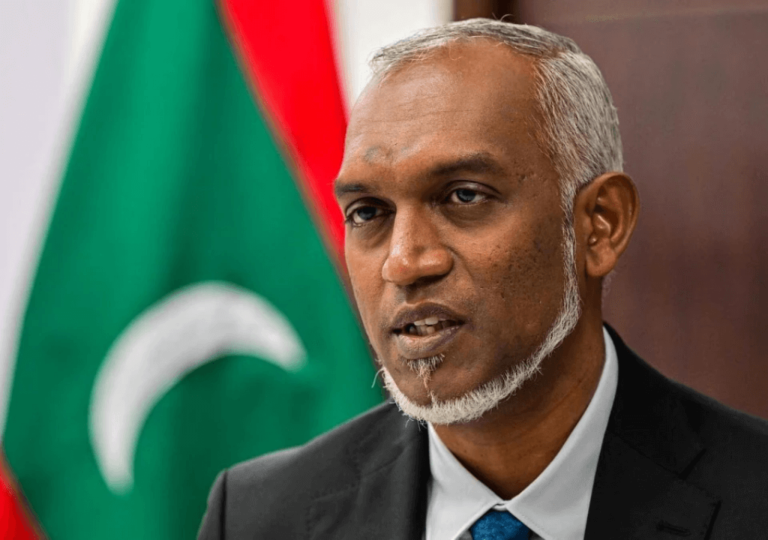
Maldives parliamentary election results show pro-China party's victory, raising concerns in India; Geopolitical tensions rise as Maldives shifts allegiance towards China.
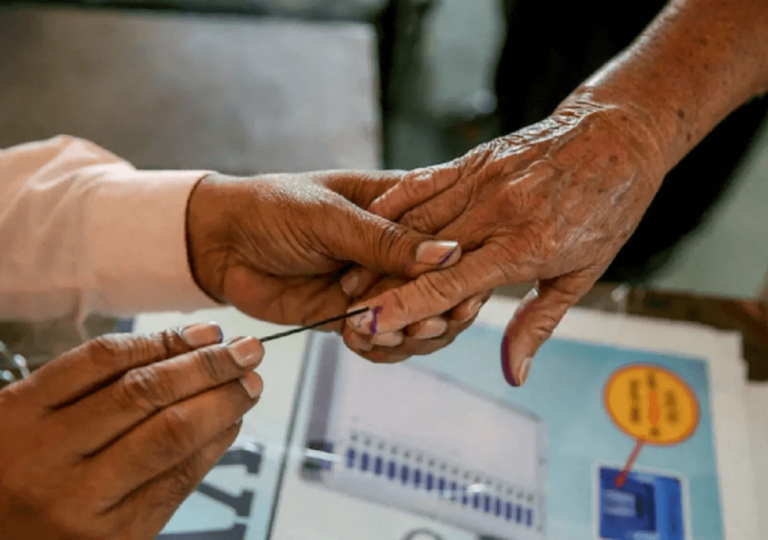
The Indian general election, spanning two months with over 96 million voters, attracts global attention. Opinion polls, controversial yet influential, shape voter behavior amid concerns of bias and manipulation, potentially impacting the election outcome.
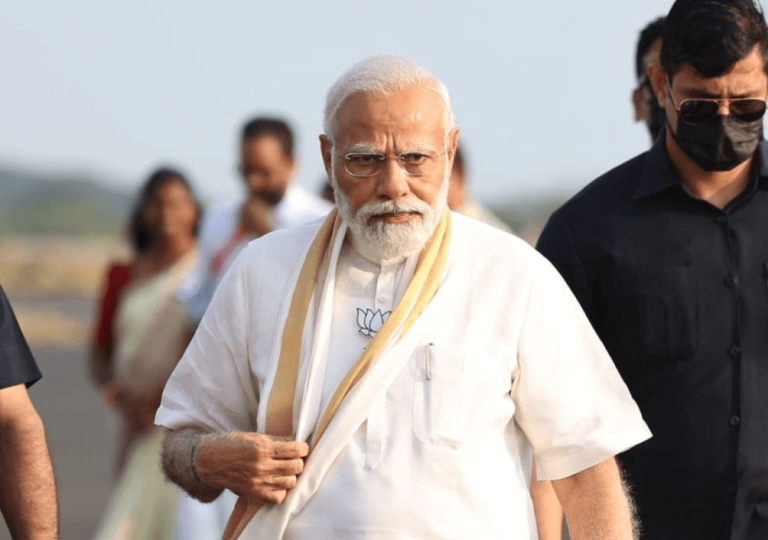
Narendra Modi aims to secure over 400 seats in the upcoming Indian general election, targeting expansion into traditionally non-BJP strongholds in South India.
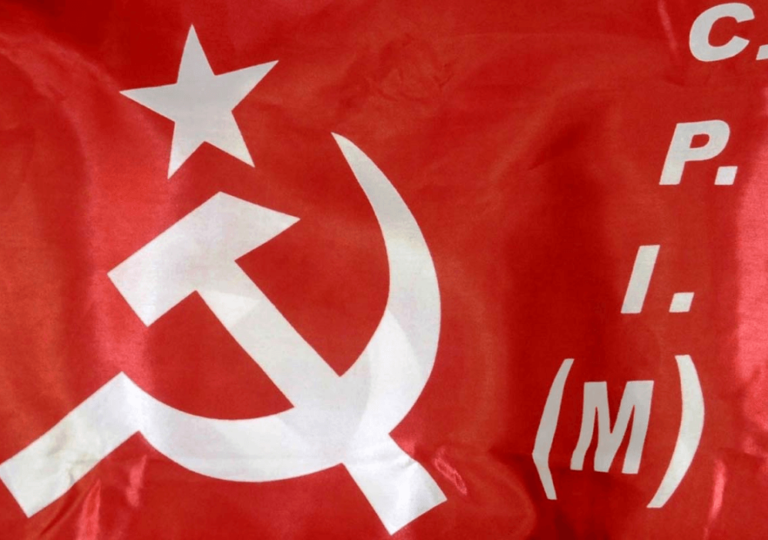
Modi's era reshapes Indian politics, weakening communist influence. Parties like CPI and CPIM face decline amid shifting dynamics and electoral challenges.
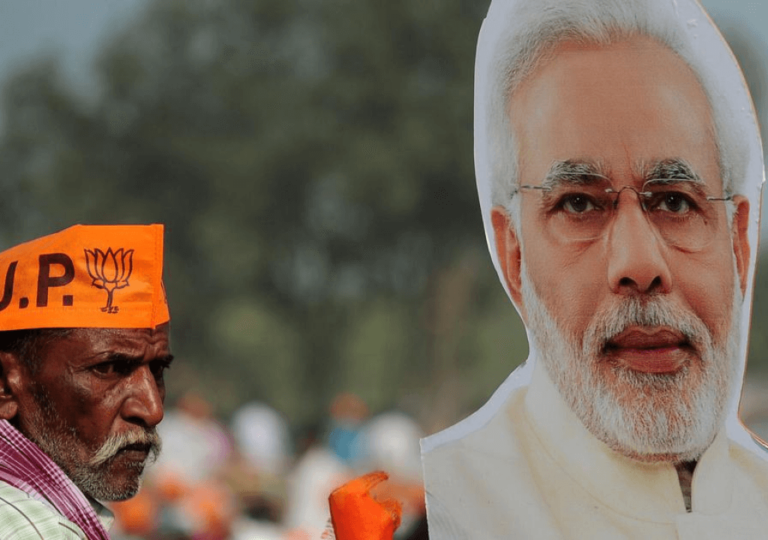
Prime Minister Modi aims for a historic 400-seat win in upcoming elections, bolstered by BJP's groundwork and media dominance, reshaping Indian politics.
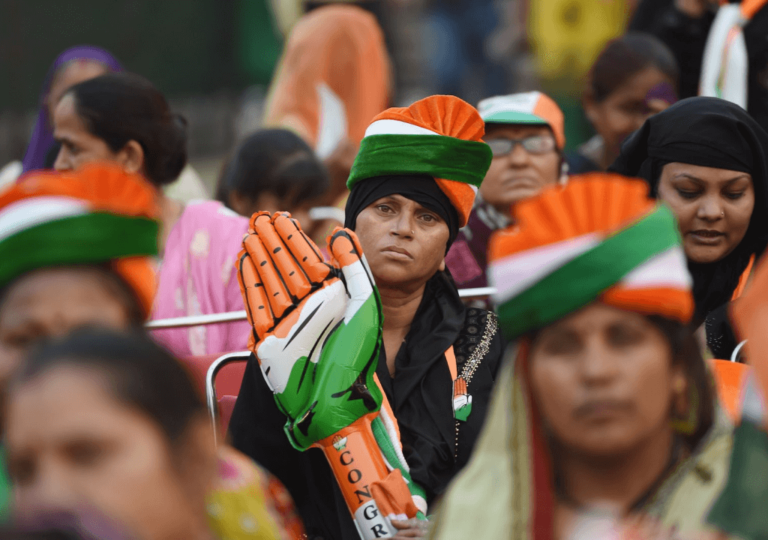
Despite its historical significance, Indian National Congress faces leadership challenges, diminishing influence, hindering its ability to challenge Modi's dominance.
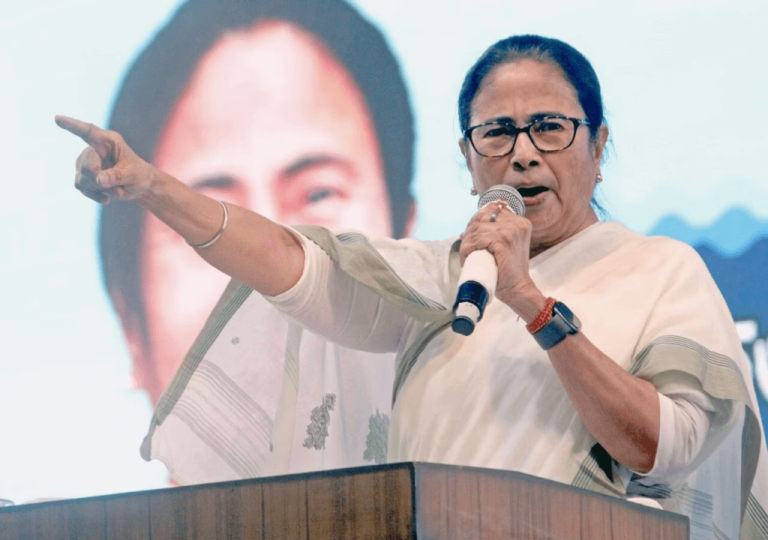
All India Trinamool Congress faces pivotal electoral challenge in Bengal against BJP, relying on Mamata Banerjee's leadership amid mounting opposition and internal strife